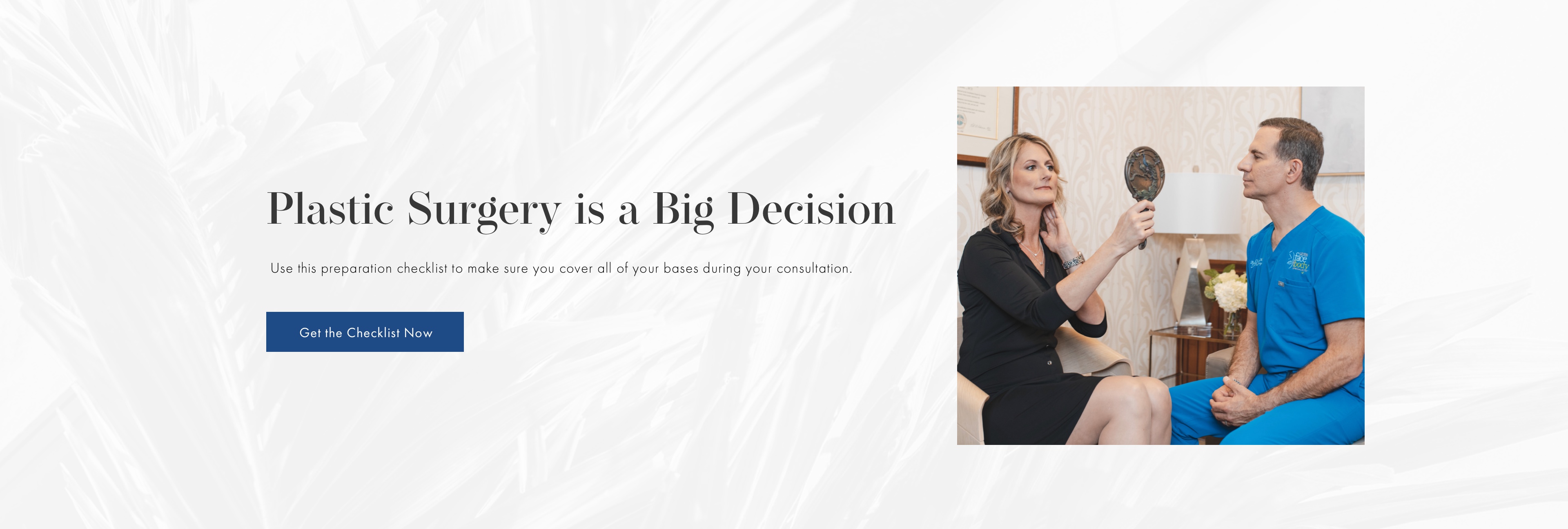On 22
Jul
2015

The recovery period after any type of facial plastic surgery is as important as the preparation period and as important as what goes on during the actual surgery itself. After rhinoplasty, what you do (or don't do) to your nose affects your results as much as what you tell the surgeon you'd like changed about your original nose. To help you get the best possible results from your procedure, your surgeon will most likely recommend avoiding the following for at least several weeks after rhinoplasty.
1. Bending, Lifting, and Stretching
It's common for surgeons to recommend avoiding exercise and other strenuous activity for about a month after rhinoplasty. But even some seemingly benign forms of movement should also be avoided during those first weeks after surgery, such as bending over or leaning forward, lifting anything remotely heavy, and even stretching the facial muscles.
After surgery, keeping the head elevated is usually recommended. Keeping your head upright helps the blood and fluid drain away from it, reducing swelling and minimizing bruising. When you lean forward, all the blood rushes to the head, face, and nasal area, potentially making swelling a lot worse. To avoid bending during your recovery, make sure anything you need is easily reached, such as on a table or shelf. If you do need to pick something up off of the floor or a low shelf, bend from your knees, slowly lowering yourself down, while keeping your head up.
Lifting heavy things, such as a toddler or box of books, needs to be avoided during the first weeks after surgery, too. If you try to pick up heavier items, you can increase your blood pressure, which can in turn increase your risk for bleeding. Have a friend or relative pick up anything heavy during the first month or so after surgery.
2. Nose piercing
The piercings on the nose are fashionable, look good and more and more jobs accept them in your dress code. Surgeons recommend avoiding the use of any nose piercing during the next three months after performing nose surgery, and you will need to pay attention to ensure proper healing. Most piercing shops will give you a detailed report or suggest recommendations for piercing care. But be sure to ask all the questions you have to your plastic surgeon.
3. Swimming
Swimming, or even just splashing about in the pool, should be avoided until your surgeon gives you the go-ahead, usually two months or so after your rhinoplasty. Swimming isn't just a form of exercise. It also exposes your healing nose to chlorinated or salty water, which can irritate the healing incisions or the delicate nasal passages. Swimming can also put pressure on the nose, potentially impacting the results from your surgery.
4. Smoking
Your surgeon most likely told you to give up smoking a few weeks before rhinoplasty. You'll also want to avoid it in the weeks following your surgery, if you don't give up the habit for good. The nicotine found in tobacco shrinks your blood vessels, reducing blood flow. When your nose is healing after surgery, what it needs most is blood flow. Cutting it off means that your scars might be more visible afterwards or that your healing will be otherwise disrupted.
5. Wearing Glasses and Certain Styles of Shirt
Treat your nose like a fragile egg during the recovery period. That means not resting heavy items on it, and it means being careful not to accidentally bump it during those first few weeks. Wearing glasses during the initial recovery period can be harmful to your nose. You have a few options when it comes to correcting your vision in the weeks after surgery. Switch to contacts, if you can. If you can't, you can try taping your glasses just above your nose, so that they aren't putting any pressure on the bridge.
Pulling T-shirts and sweaters over your head while your nose is healing can negatively affect it, as the shirts can jostle the nose or accidentally knock it. To avoid any risk, switch to shirts that button up or that have zip fronts, at least for the first month or so.
6. Blowing Your Nose
It's normal to feel a bit congested after your rhinoplasty. But since the nasal passages are going to be a bit fragile, you want to resist the urge to blow your nose during that time. Blowing your nose with any force can make it bleed, particularly during the first week after surgery. You'll also want to resist the urge to sniff through your nose in the first few weeks after your rhinoplasty.
Sneezing can also be a challenge during your recovery. Many surgeons advise avoiding sneezing for at least the first week or so after your surgery. If you feel a sneeze coming on, try opening your mouth, to reduce the force on your nose. Coping with sneezing and feelings of congestion can be challenging after your surgery, but just remember that any discomfort is temporary.
If you have any questions about what you can and can't do after rhinoplasty, speak with your plastic surgeon or come prepared with a list to your initial consultation.





